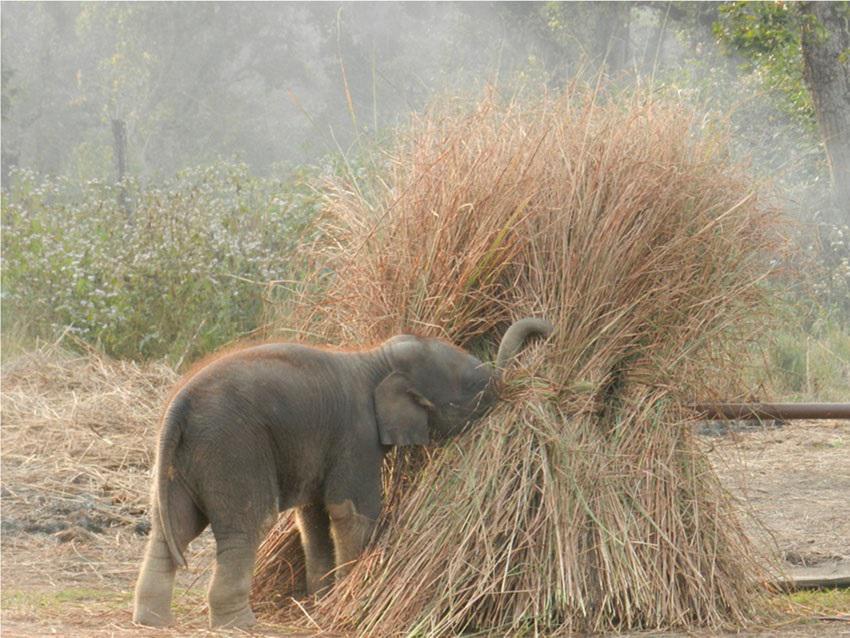Raj Kumar Koirala
Other projects
17 Jan 2017
Diet Composition and Macro-Nutrient Prioritization of Migratory Elephants in Eastern Nepal
The project is anticipated to bring insight into the changing elephant movement pattern and problem of crop raiding as a major cause of Human elephant conflict through the application of a new nutrient-focused perspective.

The loss and fragmentation of habitat is perhaps the most important factor impacting on elephants in many parts of Asia. Crop raiding by elephants continues, despite the considerable amount of research and resources devoted to the problem over the last decade. Elephants have been migrating for generations and the patterns of migration have been changing. The spatio-temporal movement pattern of elephant is changing for example; elephants use their available range in a heterogeneous manner and may move to a patch for a specific food species or for a particular phenological phase. Due to their high water-turnover rate, elephants’ movement patterns are crucially influenced by water availability and distribution therefore elephants are likely to actively select habitats (e.g. riverine), which provide a range of different resources including water, forage and shade. Similarly changing movement pattern is due to a constraint in a combination of factors including forest degradation, nutrient deficient and on-going human disturbance.
In this project i am anticipated to explore the changing dynamics in social (Human elephant interaction) and biological (Food plants distribution and nutritional composition) aspects, which are believed to be the major causes for the change in foraging behaviour and range extension of elephants.